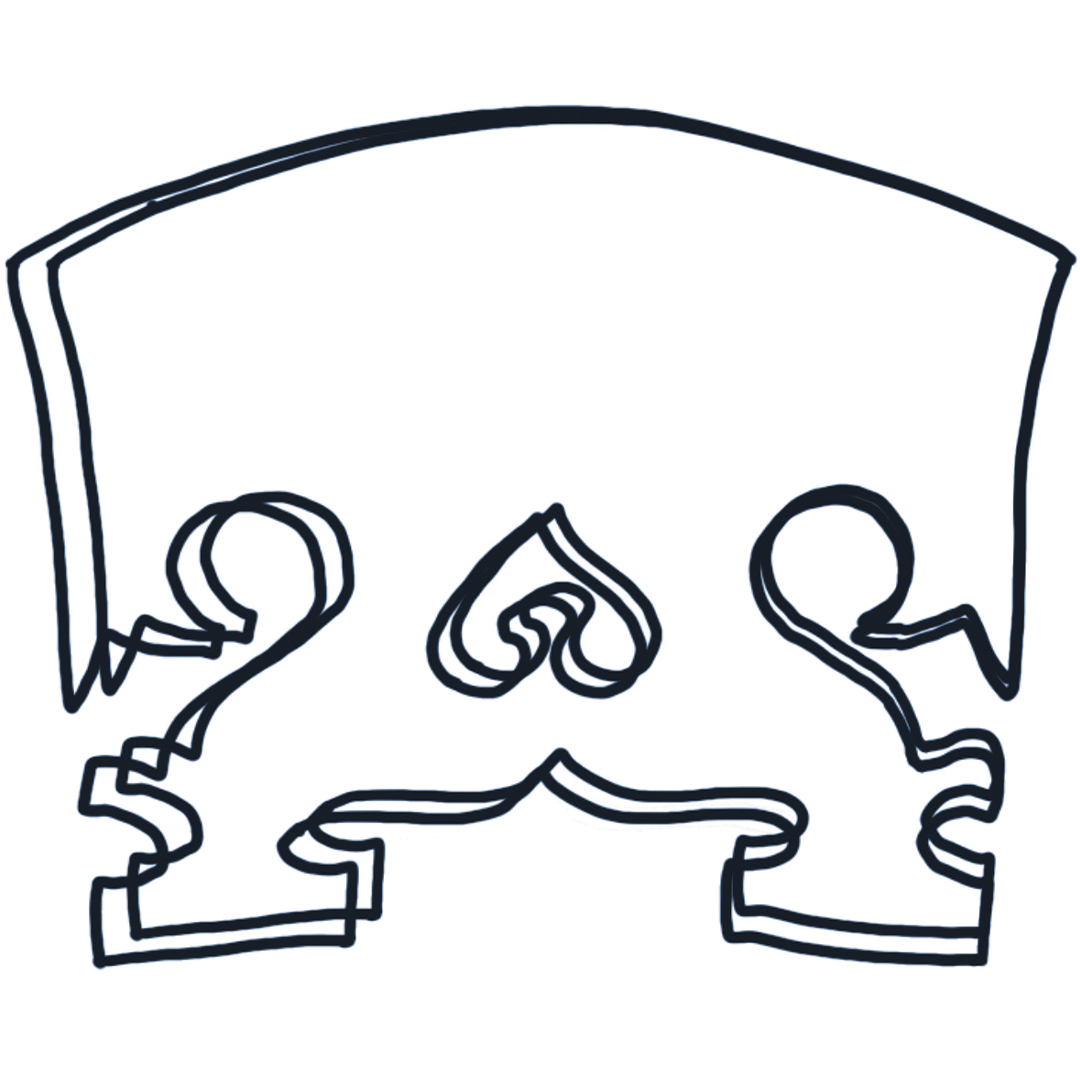Getting Started with Baroque Violin and Viola
A Guide for Curious Amateurs
Whether you’re curious about playing on gut strings, tuning to A415, or simply drawn to the expressive world of Baroque music, you’re in the right place. This guide is for amateur violinists, violists, and other string players who want to explore Historically Informed Performance (HIP) without having to be professional or conservatory-trained.
Baroque and early music offer a new way to engage with familiar repertoire and new communities while opening up new worlds of sound. From trying a Baroque bow to joining a local early music ensemble, you’ll find practical advice and resources to help you begin.
What Is Historically Informed Performance?
Historically Informed Performance (HIP) for Amateur Violinists ›
A beginner-friendly introduction to early music, including:
- What HIP means and why it matters
- Historical context and interpretation
- How modern players can start exploring HIP and early music
- My personal story of starting to play Baroque violin
“At its heart, historically informed performance is about playing music with a respect for the time in which it was written, including using the techniques and instruments musicians of that era would have used.”
Getting Started With Baroque Equipment
Getting Equipped for Baroque Violin Playing: An Amateur’s Guide ›
A step-by-step guide to:
- Where to buy gut strings
- Baroque bows: how they feel and where to try one
- Finding affordable Baroque instruments
- Setup tips for “testing the waters” on your modern instrument
Finding an Early Music Community
Playing Old Music, Making New Friends ›
A guide to joining ensembles, workshops, and festivals where amateur musicians are welcome. Includes:
- Community Baroque ensembles and consorts
- Summer workshops and adult-amateur-friendly programs
- Early Music Festivals
Who to Listen To
Listening is one of the best ways to immerse yourself in the sound world of early music and to develop your ear for its unique phrasing, articulation, and tone. Here are some artists and ensembles to explore:
- Rachel Podger – excellent Bach and Biber recordings.
- Viktoria Mullova – expressive, historically informed playing
- Isabelle Faust – Modern and Baroque violinist
- Voices of Music (YouTube) – high-quality, historically informed performances
- Netherlands Bach Society (YouTube) – full performances of Baroque repertoire with period instruments
Explore More: Organizations & Festivals
- Early Music America – News, workshop & festival listings, and amateur-friendly content
- Amherst Early Music – Classes and workshops
- Berkeley Early Music Festival – Festival + fringe concerts and instrument exhibition
- Boston Early Music Festival – World-class concerts and exhibitions
What’s Next
This guide will continue to grow as I publish more articles and resources for amateur players interested in early music. Upcoming topics include:
- Must-have books on Baroque violin and viola playing
- Baroque chamber music for adult learners
- Approachable, lesser-known baroque solo repertoire
